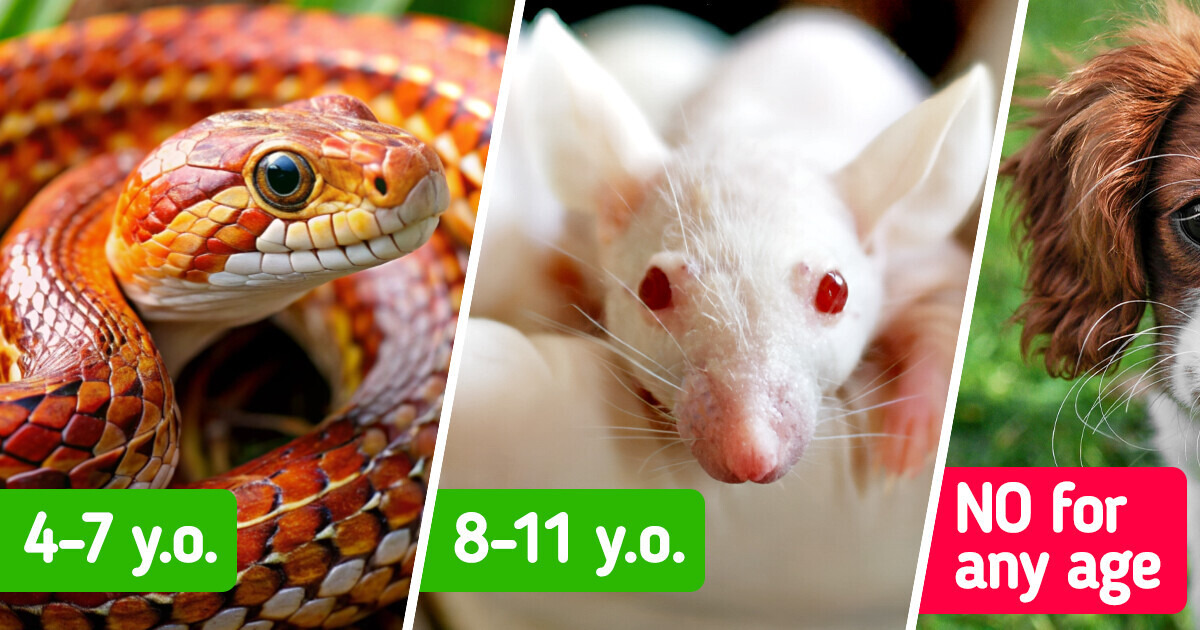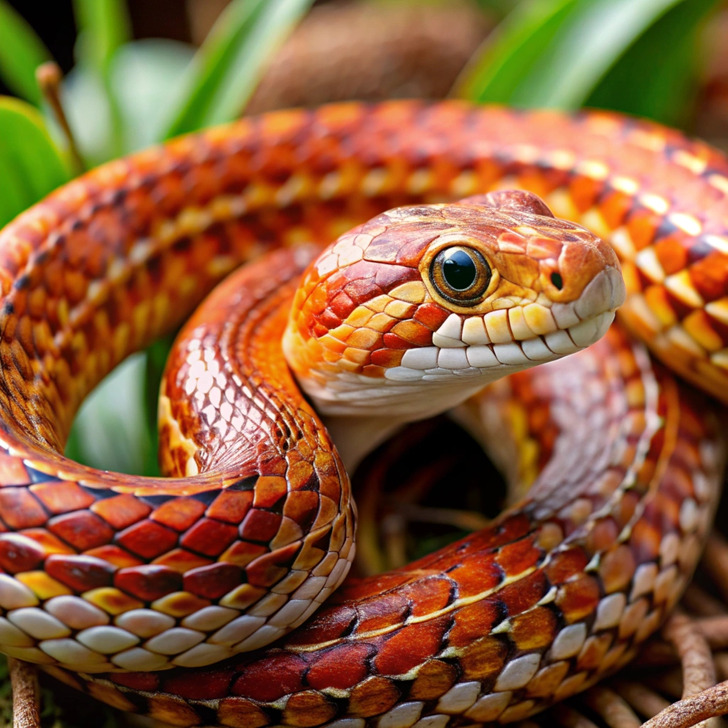10 People Who Discovered a Family Mystery That Rocked Their World


Getting a pet is like opening a door to a world of love, learning, and, yes, a little bit of mess. Pets for kids aren’t just cute companions — they teach responsibility, empathy, and the importance of caring for something other than themselves. Plus, they’re great at dishing out unconditional love.
But before you rush to the pet store, let’s talk about what it takes to pick the perfect family pet — and make sure everyone (yes, even the kids!) is ready for the responsibility.
Dr. Laurie Hess, an exotic pet expert, explains that choosing the right pet for kids requires homework. “You have to be educated. Often people get frustrated and very disappointed in these animals because the experience isn’t what they expected,” she says.
If you don’t know what you’re getting into, that adorable animal might turn into a surprise you weren’t expecting — and not the good kind.
Dr. Elizabeth Mackey agrees, adding that the whole family has to be on the same page. Kids need to be genuinely excited about the pet and ready to help with pet care. And parents? If you’re not a fan of snakes, maybe don’t cave when your kid begs for a python.
Before you decide which child-friendly pet to bring home, think about these questions:
Once you’ve narrowed down your options, schedule a vet visit to get advice tailored to your potential pet. Meeting your family pet beforehand is also essential to ensure it’s the right fit.

While cats and dogs are beloved family pets, they might not always be the best choice for kids of any age due to the substantial responsibilities they bring. These animals require significant time, energy, and financial investment, including daily feeding, grooming, vet visits, and training.
For first-time pet owners, simpler, low-maintenance pets like guinea pigs or fish can offer a more practical alternative. These child-friendly pets can teach kids the basics of pet care without overwhelming the family, making them a great choice for families with young children or busy schedules.
At the end of the day, every pet needs love, care, and attention. If your child loses interest, it’s up to you to step in. Pets aren’t toys — they’re family members. So, choose wisely, prepare thoroughly, and get ready for a journey full of wagging tails, chirping tunes, or quiet, scaly companionship.
In the end, a happy family pet means a happy family — and lots of memories to cherish.
Owning a pet isn’t just about companionship — it’s a powerful way to support a child’s behavioral and emotional growth. Research highlights that having a furry (or scaly) friend at home can help children develop essential life skills, empathy, and emotional resilience, making pets an invaluable part of family life.
If you’ve been thinking about becoming a cat owner and have no prior experience with these graceful animals, check out our article: Cat Breeds That Are Not Ideal for First-Time Cat Owners.











